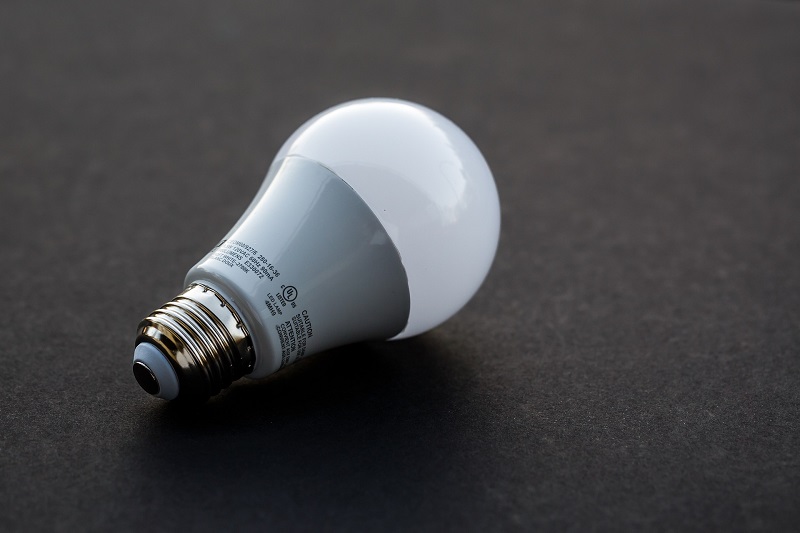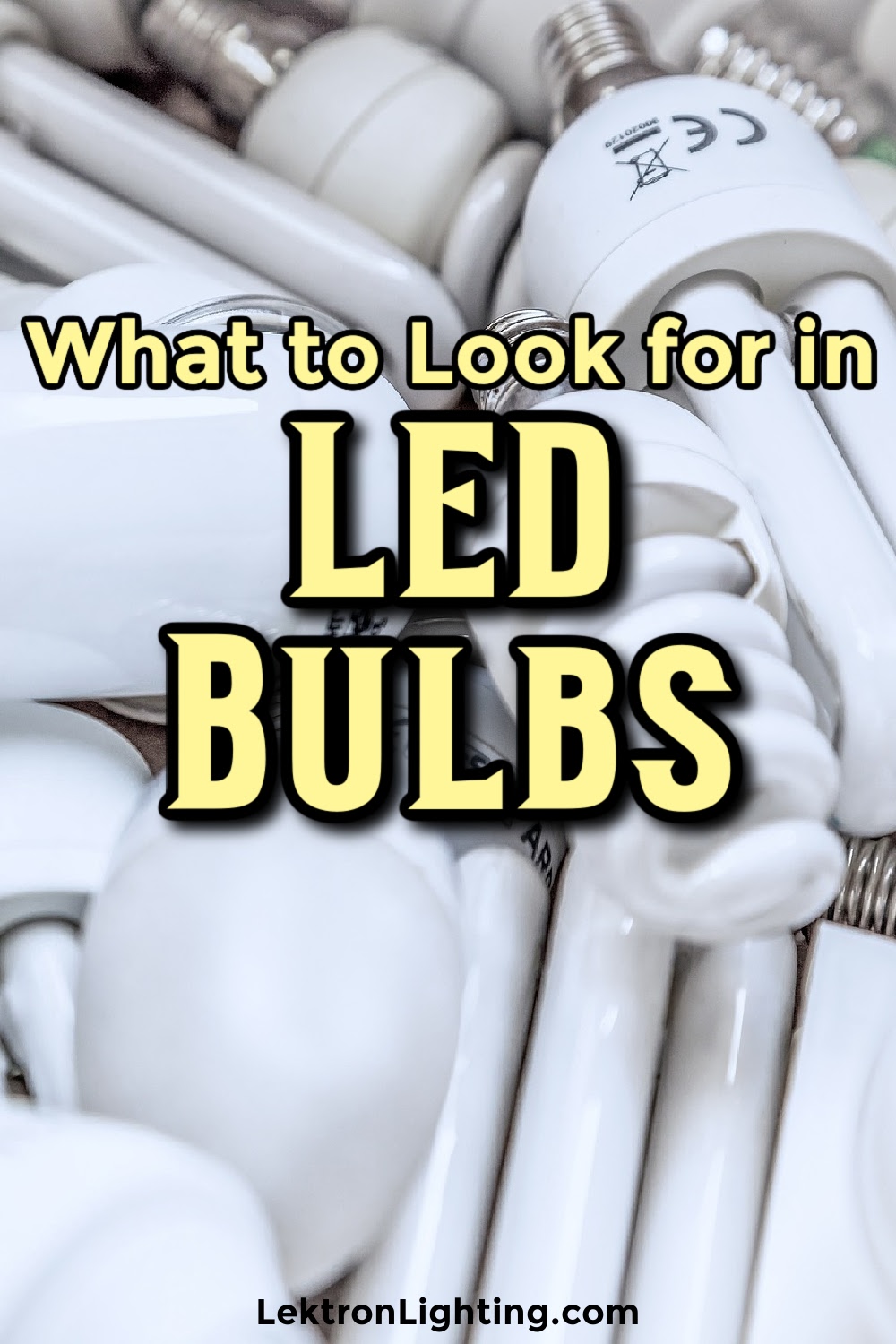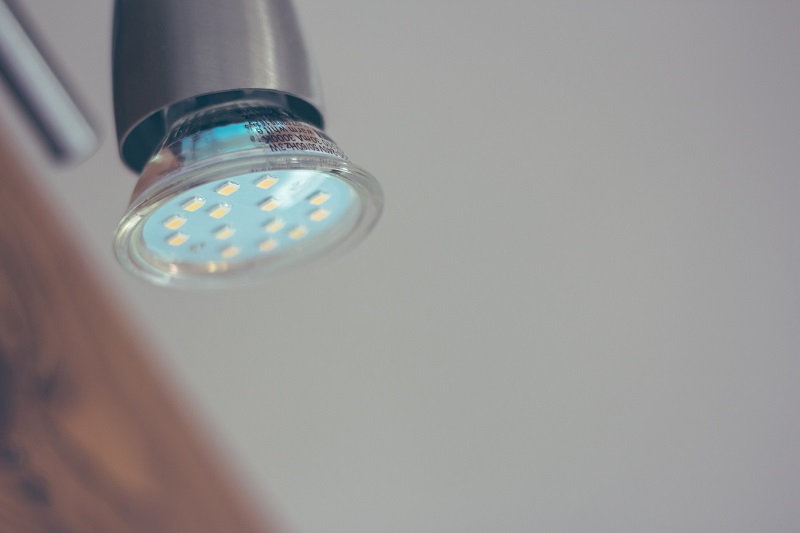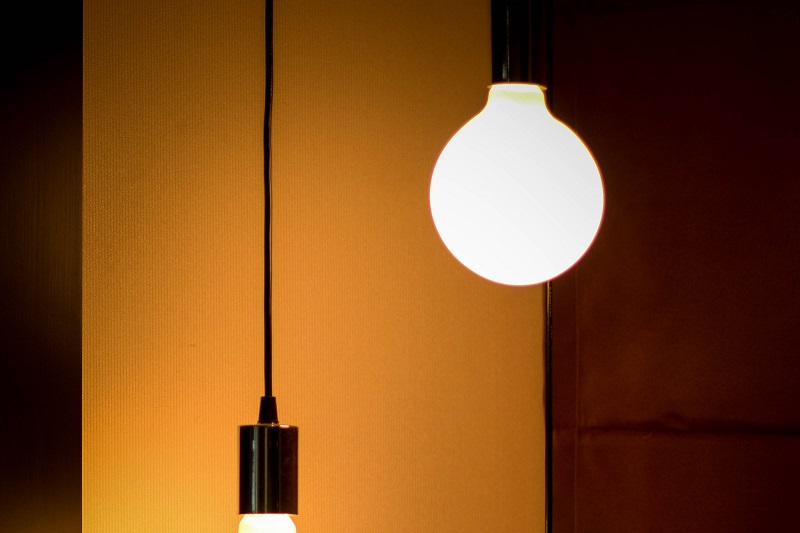
There are many easy-to-understand benefits that come from LED light bulbs. Some benefits aren’t so easy to understand, like the amount of information you get right on the package of an LED bulb. Some find that the different terms are confusing and get lost. One common question is, what is a lumen? Not everyone knows what to look for in LED bulbs. Take advantage of the information you are given and avoid looking at it as a complication.
When shopping for an LED bulb, we should know what to look for in LED bulbs. That way, we buy what we need in the first go of things. We are conditioned to look for certain things because we have dealt with incandescent bulbs for so long! There was an equal amount of chaos when we switched to CFLs and halogens.
Now that we are looking at a new system of measuring brightness with LED, there is even more confusion. Don’t worry; we can shed some light on the subject…Total pun intended there!
Watts Vs. Lumens
Firstly, the common mistake that people fall into is buying based on the wattage of a bulb. After all, Watts is what people are used to when buying a bulb; LED bulbs give more information and open the doors to better options. A Watt is the measure of energy that a bulb uses, while a Lumen is the measure of the brightness.
Low Watts means less energy being used, which translates to lower costs on utility bills. High Lumens means brighter light being produced by the bulb.
What is Best
Finding an LED bulb with low Watts and high Lumens is the goal. However, brightness isn’t always what you may be looking for in a bulb. Try and find bulbs based on the room you’re trying to light. There are some common brightness levels to look for based on the room you’re lighting.
- Bedroom- 1,500 to 4,000 Lumens
- Office- 3,000 to 6,000 Lumens
- Living Room- 1,500 to 3,000 Lumens
- Dining Room- 3,000 to 6,000 Lumens
- Kitchen- 4,000 to 8,000 Lumens
- Bathroom- 4,000 to 8,000 Lumens
Of course, the ranges are on the wider side per room, but it boils down to preference. Always remember the higher the Lumens, the brighter the light. No matter what level of Lumens you choose, always look for the lowest Watts to Lumens ratio.
Colors
There are smart LED bulbs that offer different colors and functions, but for the basic LED, bulb colors are pretty simple. These bulbs are for the everyday user and those looking for the best in LED technology without the complications of added functions. Colors usually include warm white, neutral white, cool white, and very cool white.
Usually, the shade of white light is measured in Degrees Kelvin. So you will see a number like 2700K, which is soft white and the color of incandescent bulbs. As the Degrees Kelvin goes up, you get closer to a daylight-like bulb. Absolute daylight replication is measured at 5000-65000K.
Dimming
Not all LED bulbs are capable of dimming. If you’re looking for a replacement bulb for a fixture that dims and you want to go LED, make sure the bulb is dimmable. Also, remember that older-style dimmers don’t always work with LED bulbs, even if the bulb can dimmer. You may find that your household dimmer and an LED dimmable bulb create a flickering light when dimmed.
It’s best to get help from a professional by contacting us and getting the exact type of bulb or dimmer you may need.




